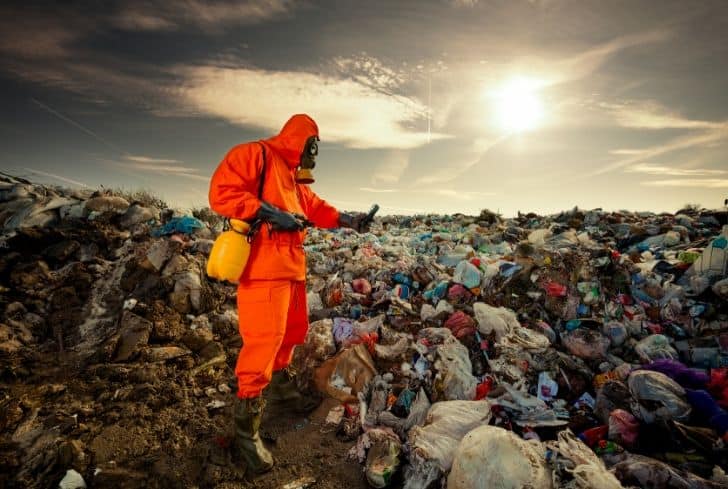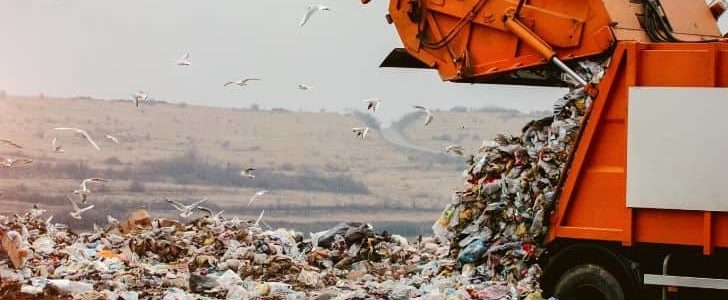The Good Things About Energy From Landfill Gas
Landfill gas (LFG) can be used to make energy and cut methane emissions, which is good for both the environment and the people in the area. Citizens, non-profits, local governments, and businesses work together on LFG projects to plan for a sustainable community. Some of the benefits of LFG energy projects are listed below.
Emissions Of Greenhouse Gases Need To Be Cut Down.
Municipal solid waste (MSW) landfills are the third largest source of methane emissions in the US. Each year, they release an estimated 94.2 million metric tones of carbon dioxide equivalent (MMTCO2e) into the air.
Methane is a strong greenhouse gas that contributes a lot to climate change around the world. It has a global warming potential that is more than 25 times that of CO2 and a short life in the atmosphere.
So, reducing methane emissions from municipal solid waste (MSW) landfills is one of the best short-term ways to slow down climate change.
As an ozone precursor, methane adds to the background level of ozone in the troposphere. Lastly, many of the tools and methods that reduce methane emissions also reduce VOCs, smells, and other air pollutants in the area.
Since all landfills release methane into the air, it makes sense to use the gas to make energy instead of letting it go into the air. Depending on how the system is set up and how well it works, an LFG energy project should be able to capture 60–90% of the methane made by the landfill.

When methane is captured and burned to make electricity, it is no longer in the air (converted to water and the much less potent CO2). The LFG Energy Benefits Calculator, which was made by LMOP, can be used to figure out how much greenhouse gases are saved by LFG recovery projects.
To make up for the use of nonrenewable resources, use nonrenewable resources to cut down on air pollution.
Using LFG to make energy reduces the amount of coal, oil, or natural gas that needs to be used to make the same amount of energy.
This could cut CO2 emissions and other dangerous air pollutants from power plants and other fossil fuel users, like sulphur dioxide, which is a major cause of acid rain, particulate matter, which is bad for your lungs, and nitrogen oxides (NOX).
Like all combustion devices, LFG equipment that makes energy gives off NOX, which can contribute to the formation of ozone and smog in the area. Depending on the fuels and technologies used by the power plant and the LFG electricity project.
On the other hand, projects that use LFG to make electricity help the environment a lot because they reduce methane emissions, dangerous air pollutants, and the use of nonrenewable resources like coal and oil, which are more polluting than LFG.
Health And Safety Benefits
Most of the non-methane organic chemicals (like dangerous air pollutants and volatile organic compounds, or VOCs) that are found in small amounts in uncontrolled LFG are destroyed when LFG is burned to make electricity, which reduces the health risks. See Also Landfills.
Gas collection can also improve safety by lowering the chance of explosions in buildings on or near the landfill caused by gas buildup. It’s also a pretty cheap way to meet the community’s power needs by making electricity from MSW dumps. LFG can be used as a “baseload renewable” because it can be used more than 90% of the time.
